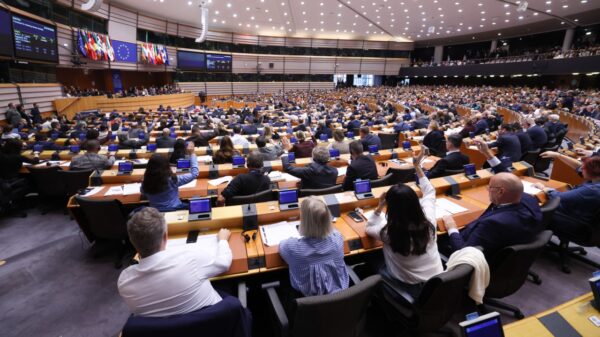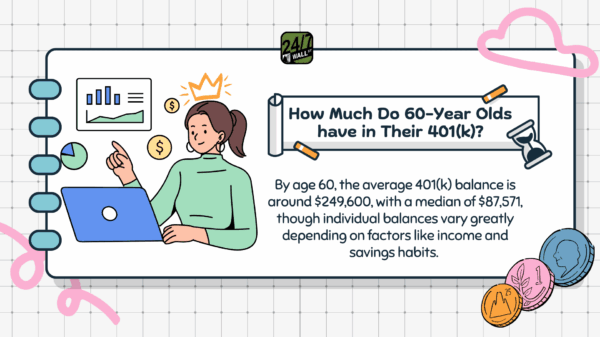The White House has initiated significant layoffs of federal workers as part of President Donald Trump‘s strategy to pressure opposition Democrats amid a government shutdown that has now entered its third week. On October 20, 2023, Russ Vought, Director of the Office of Management and Budget, confirmed via social media that the administration began executing its plan to dismiss some of the approximately 750,000 public servants currently on enforced leave.
The announcement, which described the layoffs as “substantial,” did not specify exact numbers or detail which departments would be most affected. This move follows Trump’s recent meeting with Vought to assess potential budget cuts, a part of the president’s broader tactic to intensify the pressure on Democrats. The administration has framed these cutbacks as a means to increase the stakes in the ongoing political standoff.
Senate Democratic Minority Leader Chuck Schumer and House Democratic Leader Hakeem Jeffries have characterized the layoffs as an intimidation tactic, suggesting that such mass firings would be legally challenged. While some federal employees may retain their positions, they continue to face the hardship of working without pay, with no resolution to the shutdown in sight. The standoff is expected to persist into the week of October 23, 2023.
As part of the fallout from the shutdown, 1.3 million active-duty military personnel are also poised to miss their paychecks due next Wednesday, marking a significant precedent in the history of funding shutdowns. During a news conference on the tenth day of the shutdown, Republican House Speaker Mike Johnson remarked, “We’re not in a good mood here in the Capitol — it’s a somber day.”
The situation in Congress has grown increasingly contentious. Johnson and Democratic senators engaged in a heated exchange recently, highlighting the rising tensions. Following a press conference, Republican Congressman Mike Lawler confronted Jeffries, leading to a contentious exchange that underscored the ongoing discord between parties.
Nonessential government operations ceased following the funding deadline on September 30, 2023, with Senate Democrats blocking a Republican resolution aimed at reopening federal agencies. Central to the impasse is the Republican refusal to include language addressing expiring subsidies that provide affordable health insurance to 24 million Americans.
With the prospect of an extended shutdown looming, many in Congress are looking to Trump to help break the deadlock. However, the president appears to be focusing on other issues, such as a ceasefire deal in Gaza and immigration policies aimed at Democratic-led cities like Chicago and Portland. Jeffries criticized Trump, saying, “Donald Trump can find the time to play golf, but he can’t be bothered negotiating a bipartisan agreement to reopen the government.”
In related news, the Bureau of Labor Statistics (BLS) announced the postponement of key inflation data, originally set for release next week, to October 24, 2023. This delay is attributed to the ongoing shutdown, which has halted the dissemination of most government data. The BLS stated that the consumer price index data will still be published to help the Social Security Administration meet its deadlines for timely benefit payments.
As the shutdown continues, the impact on federal workers and military personnel remains a pressing concern, highlighting the ongoing political gridlock in Washington.



































































